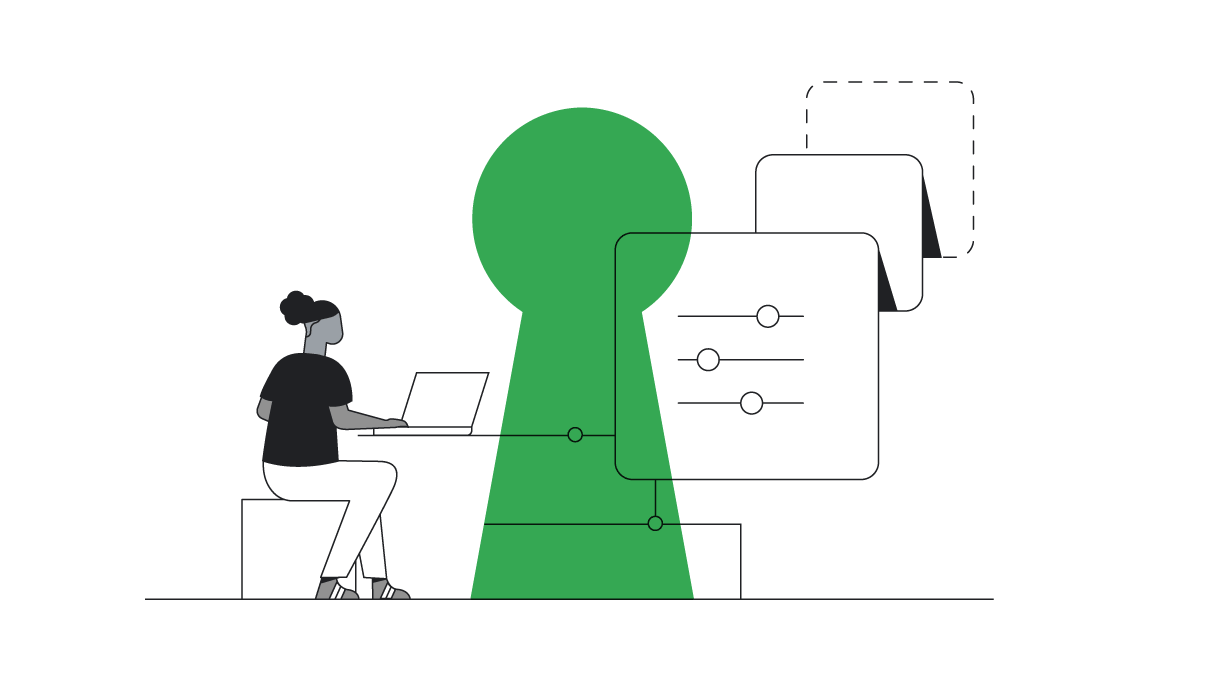How to think about building a marketing measurement plan
Host
Guest
Published
October 2021Share this page
How to think about building a marketing measurement plan
October 2021Privacy will continue to be a key focus area for marketers as the industry adapts to consumer demand and new regulations. Improving consumer privacy requires adopting new approaches to marketing measurement. Discover how Karen Stocks, managing director of global measurement solutions at Google, thinks about the five pillars of holistic marketing measurement planning.
Explore more topics in our How to Think About series like video ad sequencing or visit the Think with Google YouTube channel.
Hey there, I’m Nacia, and today’s subject is how to think about building a comprehensive marketing measurement plan. That sounds like a bit of a mouthful, but let's break it down.
A measurement plan is basically your strategy for tracking the impact of your marketing efforts so you can learn what's working, what needs improving, and what's perhaps an unnecessary cost. With the industry moving away from third-party cookies, today’s marketer needs to be more thoughtful, even tactical, about measurement. But let's let Karen Stocks, managing director of Global Measurement Solutions, fill you in on the details.
My name's Karen Stocks, and I lead the Global Measurement Solutions team here at Google. I’m delighted to be here to share some insights and recommendations on how you should set up a holistic marketing measurement plan.
But first, let’s start with privacy. Privacy will continue to be a key focus area for marketers as the digital marketing industry adapts to evolving consumer expectations.
Improving consumer privacy will require adopting new approaches to marketing measurement and needs to be top of mind for marketers as we look to better understand marketing effectiveness. So given that, here are five pillars of a plan that I think will set you up for success.
Firstly, leverage the power of first-party data. Direct customer relationships with your business can tell you a lot about your customers’ needs. And as a result, you can make good business decisions based on robust insights. You can also use first-party data for attention. Are there signals in your data that suggests customers are at risk of churning. When does it happen? What can that tell you?
Next step is to bring first-party data together with cross-platform tools. When you communicate with your customers across numerous platforms, connecting data and synthesizing insights can be hard. We want to ensure that you are reaching siloed instances of customer behavior by using cross-platform analytic solutions. Analytic solutions that unify insights across multiple platforms and devices can also help marketers gain a more complete view of the customer’s journey.
Step three: Be transparent about your data usage with your customers. Respecting customer privacy is as essential to effective digital marketing measurements as using the right tools in analytics. Start by making sure that your privacy policies are up to date with evolving regulations that support users’ rights to control how their data is used.
Next, make sure that the language that you use in your policies — in your communication — is easily understood. Have a look at removing any of the technical jargon and technical terms or words that are just really complicated and hard for them to understand.
When you were very clear with your customers around how and when their data will be used, they’re a lot more educated when they make the decision on whether to consent or not. This also gives you a good indication of what kind of data that they will consent to give you and help you better understand some of the potential gaps you may have in the future.
Step four: Fill the measurement gaps with model data. So with increasing privacy regulations and cookie restrictions, the traditional ways of measuring conversions will become even more challenging, sometimes leading to gaps in that customer journey. So conversion modeling helps us bridge these gaps in an automated and privacy-first way.
Step five: Predict customer behavior with a secure cloud-based solution. Today, people expect more personalized and helpful experiences when they engage with your brand. To meet these expectations, digitally mature markets are bringing their first-party data together in a cloud solution. With all your data in one centralized location, you'd be able to make more informed business decisions thanks to the timely access to data, and the automation of customer insights.
I hope these five steps are useful for you and your business. Thank you, and back to you, Nacia.
Thank you, Karen, for sharing your insights.
To recap, we learned about the importance of privacy and the five steps to set up a robust measurement plan. Leverage first-party data. Bring it together with cross-platform tools. Be transparent with customers. Fill in the measurement gaps with the model data. And predict customer behavior with a cloud-based solution.
If there's one thing to take away from the measurement question, it’s that building long-term relationships with your customers requires trust and transparency. Shortcuts tend to short circuit.
So, we have so many more great insights coming up in our “How to Think About” series. We'll see you soon.
Others are viewing
Marketers who view this are also viewing
-
Article
![]() Article
ArticleAbout Think with Google
-
Article
![]() Article
ArticleInside the Google media team’s cookieless measurement tool kit
-
Article
![]() Article
ArticleWhy durable solutions are needed to build the future of audiences
-
Perspective
![]() Perspective
PerspectiveHow to build a successful measurement plan for 2023
-
Perspective
![]() Perspective
PerspectiveBuilding for the future to help you prepare for what’s next
-
Article
![]() Article
ArticleLost and found: How 3 travel brands grew bookings with AI-driven marketing
-
Article
![]() Article
ArticleScoring with gamers: New findings on HTML5 players that’ll grow gaming revenues
-
Video
![]() Video
VideoBeyond a click: How Tata AIG General Insurance powered profitability with Google AI
Watch now








